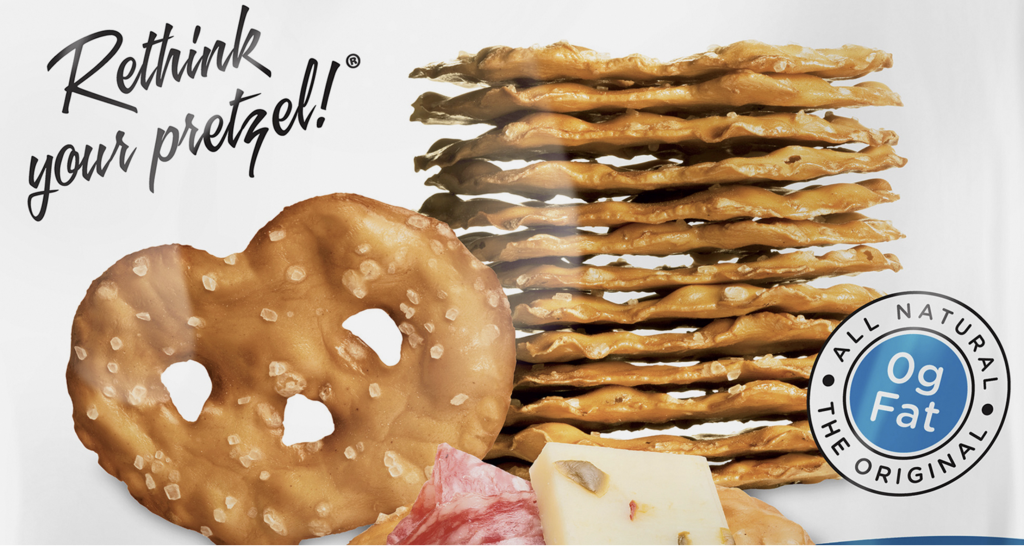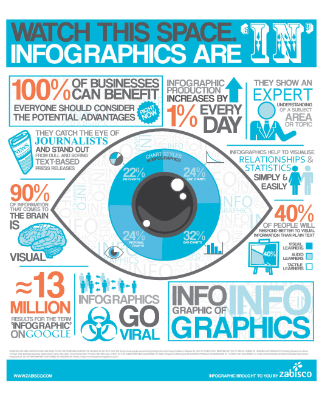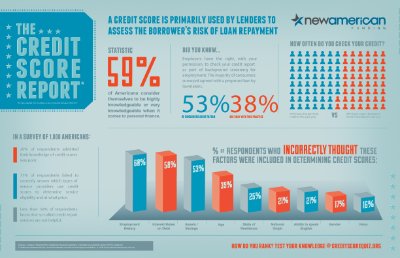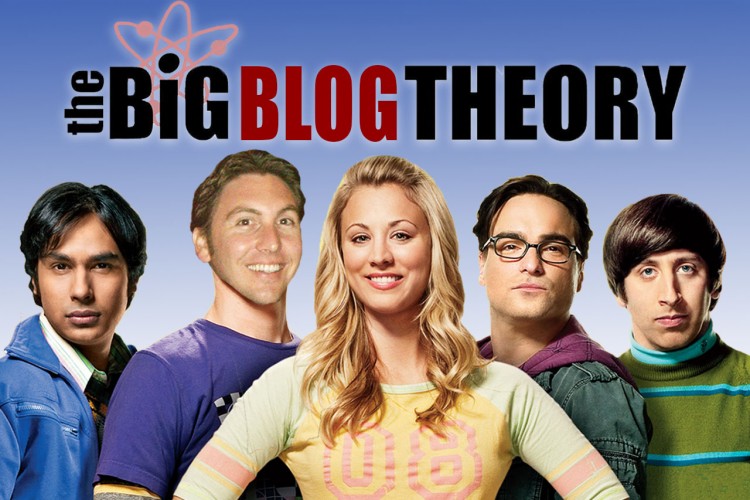CSI: Case Study Investigation

Wouldn’t it be great if your business had a way to show off what you’ve done to prove your trustworthiness and get clients to want to work with your company? In the show CSI, week after week, a team of investigators’ review the details of a crime scene. And by the end of the show, they have figured out who perpetrated the crime from their research by putting together a story of the details. But instead of investigating a crime, this blog post will investigate the benefits of putting together and using a case study to show your value to a potential customer.
Let’s face it, when pitching new business or trying to get someone to try your service, you need to first demonstrate your trustworthiness in order to earn the business. Before signing on the dotted line, potential client’s want to learn more about your company. They want to know what services you offer, your business history, and what other customers have said about your company. More importantly, they want you to prove that by hiring your agency, that you can be effective for their business. Whether it is a pitch for new business, or part of your overall content marketing plan, a case study is arguably your most effective sales tool.
 A case study allows you to show how your collective expertise as an agency has delivered solutions to get results. This is your chance to take your potential clients on a journey and tell a story about what you’ve done and how you were able to think outside the box. It is more than just showing off your creative design; it’s about analyzing and determining what the client’s problem is in order to develop a strategic solution that will make a difference.
A case study allows you to show how your collective expertise as an agency has delivered solutions to get results. This is your chance to take your potential clients on a journey and tell a story about what you’ve done and how you were able to think outside the box. It is more than just showing off your creative design; it’s about analyzing and determining what the client’s problem is in order to develop a strategic solution that will make a difference.
While there are many ways to put a case study together, listed below is information that should be included:
BACKGROUND
First, you want to set up who the client is and provide some background. Are they a store that sells cupcakes at the mall? Or do they offer a service? Even if it is a well-known client, it is a smart idea to start your story by explaining about their products or services to give the viewer context.
STATE THE PROBLEM
Detailing a specific problem will help determine your strategy to overcome it. Did a competitor come in and take over market share? Are they just starting out and they are not clear on how they should position themselves? This helps set up the story so you can show in the next steps how your company will devise the solution.
SHARE YOUR PROCESS
Summarize the methodology. What steps did your company take in order to uncover a unique strategy for your client? Did you conduct a focus group? An online survey? Or maybe you started by doing an in-depth analysis of the competition. This provides further insight into how your company thinks.
SHOW EXECUTION
This step is about showing how the work actually helped the client achieve their goals. Once you formulate a unique strategy, what did the actual creative look like? It must show how you executed something that stands out from the competition. Some agencies even include their team members in order to personalize the process even more.
PROMOTIONAL MEDIUMS
Detail what type of media was used to promote your campaign. Was it through social media? Or maybe print? And why were those used? Did you also include public relations? What was different about the way it was promoted that other agencies may not have thought about doing? And what objectives were put in place to evaluate the performance?
RESULTS
Share the results of your campaign. Did you increase awareness? Or social shares? Or leads? Or sales?
FEEDBACK
This is your opportunity to share testimonials about the positive feedback you received. What did the client have to say? Were there any mentions in the press? What did customers think of the program?
There are a variety of formats in which a case study can be displayed. Some agencies include interactive ones on their website with the intention of getting potential clients to contact them. Other formats include video, or simply putting together a PowerPoint or SlideShare presentation. While this format is more traditional than some of the others, it allows the agency’s sales, or business development manager to talk about the details of each step as they go page by page to explain the case study.
EXAMPLES OF A CASE STUDY
VIDEO EXAMPLE: The lead advertising agency put together the following case study for the work they did on Oreo Cookie. They showed potential clients how they took a 100 year-old brand and make it as relevant as ever. This case study shows potential clients that if they could do it for Oreo, they can do it for your brand too!
INTERACTIVE WEB EXAMPLE:
When it is used on a website, it is usually a streamlined version of a case study in order to get a potential client to take interest in reaching out to your company. Here is an example on how Amp Agency showed what they did for Pretzel Crisps. Click here to view full case study.

When used properly, case studies are powerful for sales. They allow your potential customer to get more insight into your process so they will trust your expertise about what you can do for them. Of course, not every process has a clear and perfect point A to point B, so do not be afraid to show what problems you came across and how you worked with your team to gain effective results.
A case study shows how you took a client’s problem, executed a solution and produced a positive outcome. And while a case study may not be as critical as investigating a homicide, it can still be murder to your company’s bottom-line if you do not use it to your advantage to win new business.
What do you think? What are some other benefits of using case studies?
If you enjoyed this post, I encourage you to write a comment, like it, or share it with your network. You can also select one of these hyperlinks to follow me on LinkedIn, Instagram, Twitter, Facebook, or Pinterest.
Want to learn more about case studies? Check out the following resources, where I obtained some of the above information: Rethinking the Case Study, Advertising Case Studies, Amp Agency Pretzel Crisps Case Study, and 360i Oreo Case Study.








 the first content marketers goes to John Deere. In order to engage their audience, content marketers tell stories and in 1895, John Deere, a company known for their tractors and farming equipment, produced and published a custom magazine called “The Furrow.” This magazine told human stories of the American farmer. And while the magazine focuses on the farmers, John Deere’s equipment was featured. So when farmers enjoyed the stories they read, they associated this feeling with John Deere’s tractors and equipment. The Furrow has been very popular since its introduction and this publication is still being produced today and read by many people in the US and Canada.
the first content marketers goes to John Deere. In order to engage their audience, content marketers tell stories and in 1895, John Deere, a company known for their tractors and farming equipment, produced and published a custom magazine called “The Furrow.” This magazine told human stories of the American farmer. And while the magazine focuses on the farmers, John Deere’s equipment was featured. So when farmers enjoyed the stories they read, they associated this feeling with John Deere’s tractors and equipment. The Furrow has been very popular since its introduction and this publication is still being produced today and read by many people in the US and Canada.
